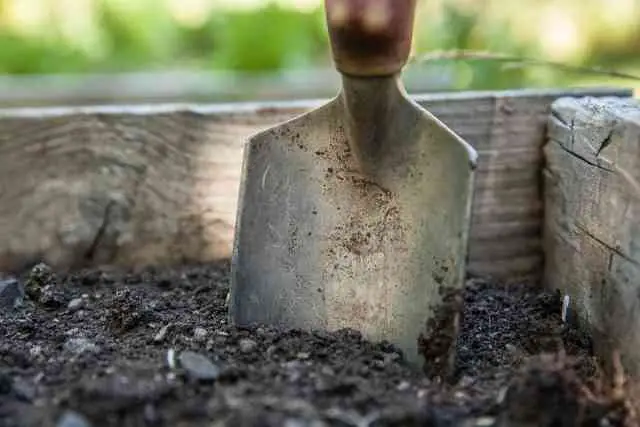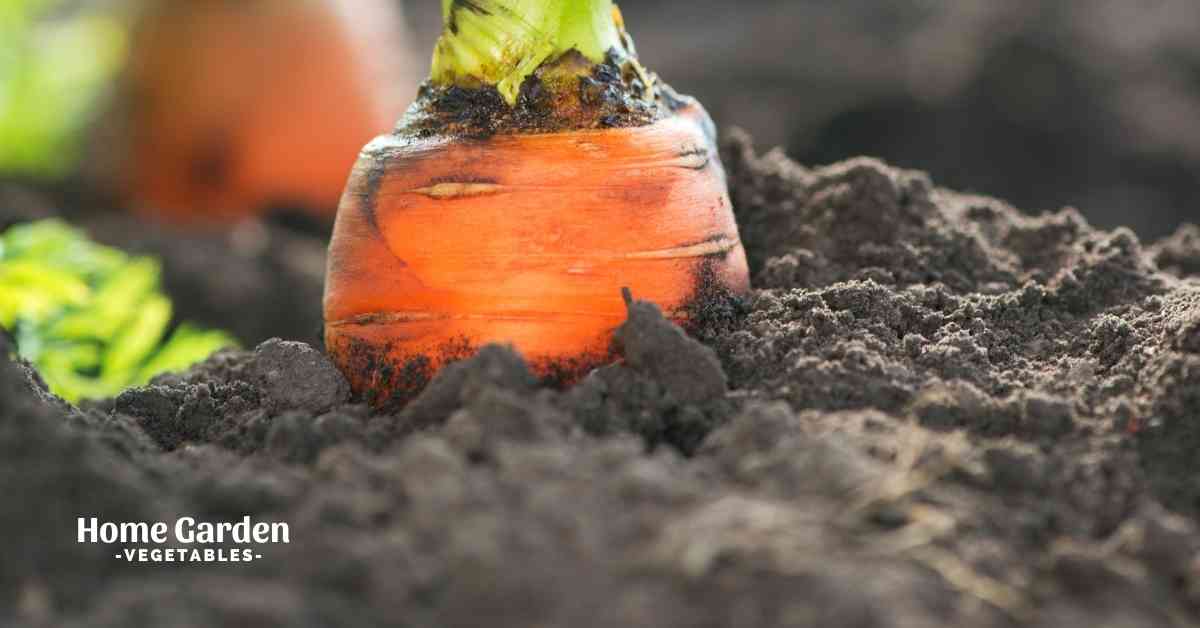Clay soil can be downright frustrating for gardeners. Sticky gunk when wet and rock hard and cracked when dry, clay soil isn’t the perfect soil for most vegetables. Because clay soil has low porosity and is very dense, the weak roots of most vegetables have a hard time finding their way through the soil layers.
On the plus side, clay soil is rich in nutrients, which can be made use of with proper maintenance and care. Through proper amendments, clay soil can be made more hospitable to your annuals and perennials. Though clay soil isn’t easily manageable, there are some crops that are more suited for such types of soil. Can carrots grow in clay soil? Continue reading to learn more.
Reader Poll: What online courses would interest you?
Shallow Rooted Vegetables For Clay Soil
If you have clay soil in your garden, the best solution is to go for shallow-rooted vegetables. They won’t have to push deep into the soil to thrive and will also help improve the soil structure by breaking up the heavy clay.
Root vegetables and tuberous vegetables are both excellent options to grow in clay soil. Since they produce structures below the ground, they can help break up the heavy soil. Potatoes, carrots, daikon radishes, and onions can grow in clay soil.
Carrots In Unprepared Clay Soil – What To Expect?
If you grow carrots in heavy clay soil, you cannot expect to find perfect plump, long roots since it’s harder to penetrate clay soil. However, short carrot varieties are easier to grow. Though carrots usually turn out split, forked, mutated, and short in unprepared heavy clay soil, it’s possible to work up favorable yield if you work the soil, loosening it to improve aeration and amend it with lots of organic matter.
Subscribe to our newsletter!
What Is The Best Soil For Carrots?
Where do those long, thick picture-perfect carrots that you find in grocery stores or farmer’s markets grow? Though you can grow carrots in clay soil, it’s not the perfect soil for carrots. Since carrots are a root vegetable, they grow best in loose loamy or sandy soil, free from clods and debris. Work the soil to a good depth to loosen it and amend it with plenty of organic matter to enrich the soil with nutrients for growing plump, flavorful carrots.
What Are The Best Carrot Varieties For Clay Soil?

Besides the long, orange carrots you generally spot in grocery stores, there are several other cultivars you can grow. Shorter carrot varieties work better for clay soils. Longer varieties are best if you have sandy or loamy soil.
Here are some cultivars you can grow in clay soil:
- Chantenay Red Core (thick, short red roots)
- Danvers 126 (sweet, 6” to 7” long)
- Scarlet Nantes (7” long orange roots)
- Nantes (half-long, heirloom)
How To Prepare Clay Soil For Carrots

Not everyone has the perfect soil in their garden. Gardeners often have to make do with clay soil. However, that does not mean you have to let all that cultivation space go to waste. With the right techniques, you can find a way to utilize all that dirt and preserved nutrients.
Till the site to a depth of 14 to 16 inches, breaking the dirt clumps with the spade. Remove any stones or debris that you find in the process. You’ll find that the soil is denser below 1-foot depth, and that’s where the carrots will give up, ending up split or forked.
Include at least 4 inches of topsoil and plenty of compost and work it into the 16-inch depth so that the soil is thoroughly mixed with the amendments. Make sure that compost is at least ⅓ the total volume of the amended garden soil. Finally, rake the garden bed to smooth out the surface before planting.
Planting Carrot Seeds
Once you’ve prepared the soil, carrots seeds are ready to go in the ground. Since carrot seeds are very tiny, it’s hard to plant them at the recommended spacing. A better idea is to spread them out randomly on the soil surface and sprinkle ¼ inch of topsoil over them to cover the seeds. You can thin them later to the correct spacing, 2 to 4 inches, once seedlings emerge.
Watering Carrots – Considerations For Clay Soil
- How To Water Before Sprouting
Spray the soil with water just right after planting and keep it moist throughout the germination period. Keeping the soil moist will prevent the soil from forming a crust over the seeds. Seeds will find it harder to sprout if there is a hard crust over them.
Clay soil is more prone to forming crust when dry than sandy and loamy soil. However, wet soil isn’t advisable either since it’s heavy, which will, again, make it difficult for seedlings to emerge from the ground. Before sprouting, frequent, shallow watering is the key to maintain even moisture for the shallow seeds and prevent the topsoil from forming a crust over them.
- How To Water After Sprouting
Once the seedlings appear, you need to maintain soft, moist soil for the roots to establish properly. Frequent, shallow waterings are ideal for this purpose. However, as carrots approach maturity, you need to help the roots grow straight and long. Since the roots follow the moisture into the ground, perfect carrots are only possible through deep, less-frequent watering. Aim to offer around an inch of water each week.
Conclusion
Can carrots grow in clay soil? Now you know that the hard, clay soil in your garden isn’t useless after all! Work it with the right amendments, and you’ll be able to grow some fresh, delicious, and nutritious carrots out of it! Besides carrots, you can also grow several other vegetables that aren’t fussy about the soil texture they’re growing in. Pumpkins, squashes, daikon radish, and swiss chard will grow equally well in the clay soil you have in your garden!


Hi, how long does it take carrot seeds to germinate?
Great question, carrot seeds normally take 14 to 21 days to germinate.